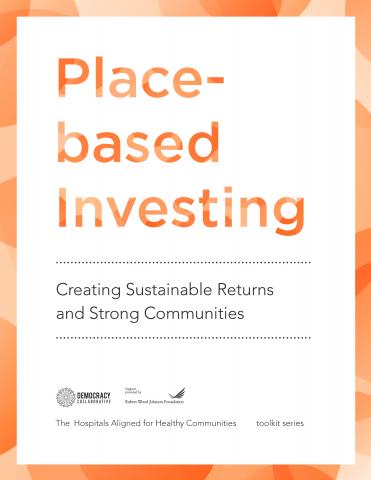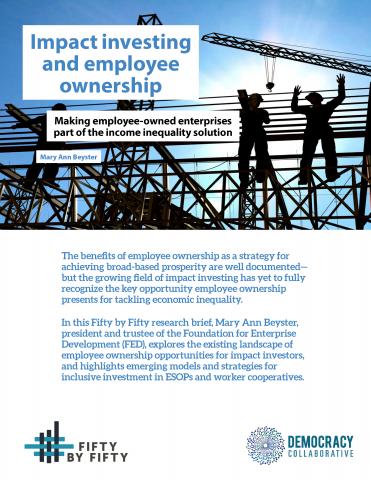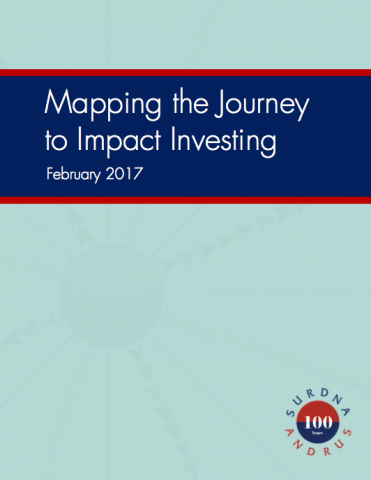Run by University of Puget Sound students, Four Horseman Investments (4HI) aims to provide students with a real world, hands-on approach to money management. To do so, 4HI participants run a peer-to-peer (P2P) loan portfolio that also intends to provide an alternative to payday loans. The nonprofit’s portfolio includes roughly 500 loans that are financed by many small lenders who can contribute as little as $25. 4HI participants also serve the community by providing financial education and one-on-one financial coaching to area residents and by volunteering as income tax preparers at free tax sites.







